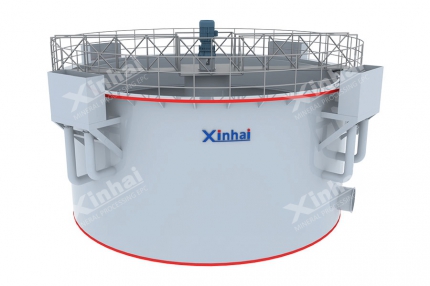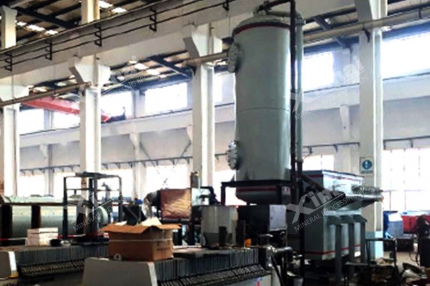With the rapid development of the international community, the price of gold continues to rise, and the demand for gold is also increasing year by year. In addition to constantly looking for and developing new gold resources to meet market demand, the existing gold beneficiation technology should be improved to increase the utilization rate of existing gold resources. Different types of gold ores exist in nature, and they adopt different gold extraction processes. Common gold extraction processes mainly include gravity separation, flotation, heap leaching, cyanidation and non-cyanidation non-toxic processes. In addition to single processes such as gravity separation and flotation, common gold beneficiation processes also include gravity + flotation, amalgam + flotation, flotation + cyanidation and other processes. Let's take a look at the common gold extraction technologies.
Use the table of contents below to navigate through the guide:
01Flotation process for gold extraction
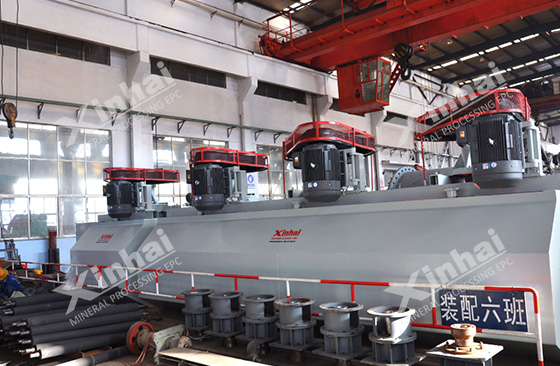
Flotation is one of the most widely used beneficiation processes for selecting sulfide ores in gold production. It is mainly used to process vein gold ores with fine impregnation. During flotation, gold elements enter copper and lead concentrates, so gold needs to be extracted from these concentrates. Flotation is a relatively economical and reasonable beneficiation process for ores containing non-ferrous metals in the raw materials. Although flotation can achieve the recovery of multiple metals, it cannot effectively recover oxide ores, and it is also difficult to capture coarse gold particles. The selection of flotation equipment in the flotation process is an important influencing factor. Compared with traditional flotation cells, the application of column flotation cells can improve the recovery index, reduce investment and production costs, etc. Another important influencing factor is flotation reagents. The development and combination of high-efficiency gold flotation collectors can give play to the synergistic effect of multiple reagents. Introducing new active functional groups into the original reagents. To strengthen the function of the reagents, improve and enhance the use effect of the reagents. Adjusting the pulp state is the development direction of flotation reagent application research.
02Cyanide gold extraction technology
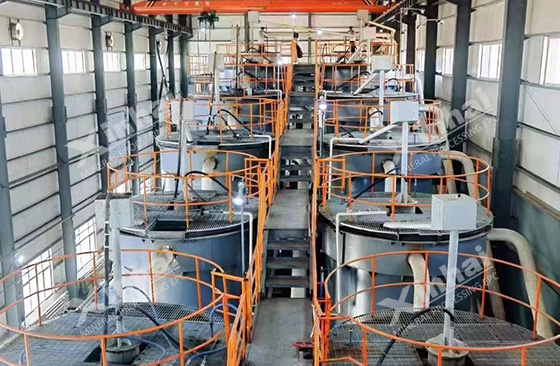
The cyanide method has strong adaptability and mature technology. It is one of the main methods for extracting gold from gold ore. There are many methods for extracting gold from gold leaching solution, including carbon-in-place (CIP), carbon-in-place (CIC), heap leaching and resin slurry. Carbon-in-place and heap leaching are the main application methods in domestic and foreign industries.
The cyanide method for gold extraction is to crush and grind the gold-containing ore before cyanide leaching. After leaching for a period of time, activated carbon is added to adsorb the gold ions in the slurry. After adsorption, the gold-loaded carbon needs to be cleaned and desorbed to become precious liquid and desorbed carbon. The precious liquid is electrolyzed to produce gold powder. Then it is smelted into gold ingots.
The most prominent feature of the carbon-in-place method is that it eliminates solid-liquid separation operations such as concentration, filtration and washing. It has the advantages of small footprint and low equipment investment, but all slurry must pass through a 24-mesh screen before adsorption. Some gold cannot be recovered on the worn fine carbon, and the operation is more complicated than the zinc powder replacement method.
03Amalgamation gold extraction technology
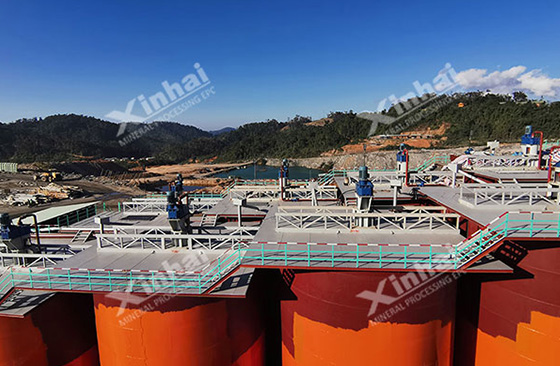
Amalgamation technology is one of the oldest methods for gold recovery and is unique in recovering and dissociating monomer natural gold (especially coarse gold). The gold particles in the ore pulp will be selectively wetted by liquid metal mercury, and then separated from other metal minerals or gangue minerals. The technology of recovering and distilling gold in the form of high mercury is amalgamation gold extraction technology. This process has the advantages of simple process, low cost, and can reduce the loss of gold in tailings. However, since mercury is highly toxic, it has serious environmental pollution and is very harmful to human health, so this method is less used.
04Chlorination gold extraction technology
The chlorination method is the earliest chemical gold extraction method. With the development of technology, the chlorination gold extraction method can be divided into high-temperature chlorination volatilization roasting method and electrochlorination leaching method. The chlorination method has a fast leaching speed and can make the carbonaceous material of gold robbed lose its kinetic activity. However, if there are reducing substances (sulfides) in the raw materials, it will lead to too much chlorine consumption. In addition, the acidic chlorine-containing solution is extremely corrosive, so it has high requirements for equipment.
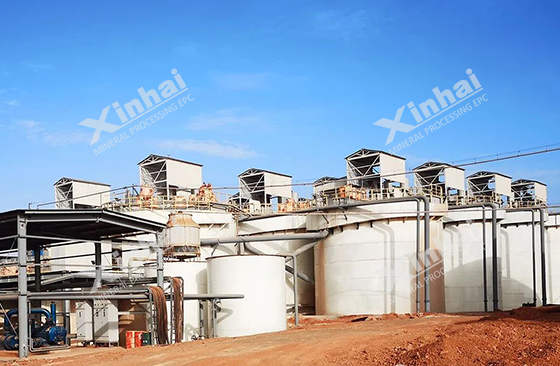
05Resin gold extraction technology
The resin wax method is suitable for treating clay-type gold ores with high mud content and gold ores containing natural adsorbents such as graphite, asphalt, shale, iron oxide, and complex ores such as arsenic gold that are difficult to treat by the traditional cyanide-zinc replacement method. It is also suitable for treating roasted gold-containing pyrite and low-concentration gold-containing liquid in heap leaching. The gold-carrying capacity is higher than that of activated carbon. It can be effectively desorbed at room temperature and pressure. It is also regenerable. Resin has a higher gold-carrying capacity and adsorption rate than activated carbon, high mechanical strength, wear resistance and extrusion resistance, and is not easily contaminated by organic matter and clay. The resin does not adsorb calcium in the ore pulp. For the treatment of ore pulp containing organic matter, mud, carbon and arsenic minerals, the resin ore pulp method is better than the carbon method, and the production cost is lower. The ion exchange method is more effective for ores containing substances that adsorb gold (such as clay ore containing carbon). However, the disadvantage is that the resin selectivity is worse than that of activated carbon, the particle size is fine, the density is smaller than that of activated carbon, and the wear resistance is poor. It is easy to adsorb on the surface of the ore pulp, so... The ore pulp containing a lot of other metal cyanide complex ions should be treated by carbon pulp method.

The biggest problem at present is the treatment of refractory ores. The current treatment methods are mainly chlorination leaching after roasting, pressurization or chemical oxidation. The roasting method has serious environmental pollution. The leaching effect after pressurization or chemical oxidation is not good. With the continuous increase of refractory ores, the combined process gold extraction process and pretreatment technology will continue to develop and its application will become more and more extensive.


 marketing@ytxinhai.com
marketing@ytxinhai.com  0086 13810327080
0086 13810327080 






































































































 CHAT
CHAT MESSAGE
MESSAGE




